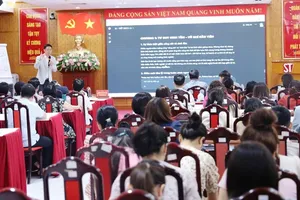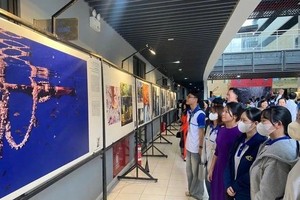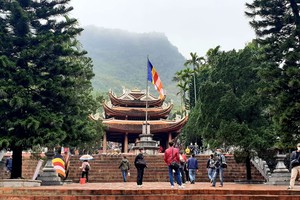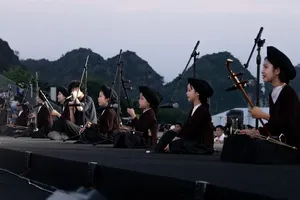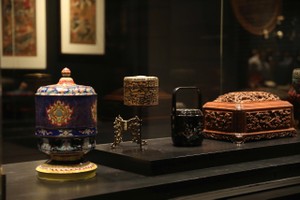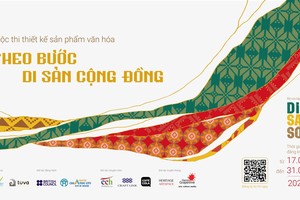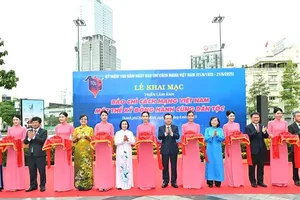Van Mieu (Temple of Literature) can be found in many provinces in Vietnam, like Nghe An and Bac Ninh, but the most prominent of them all is the one located in Hanoi, which was also home to Vietnam's first university.
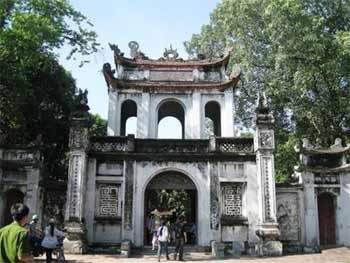
Built in 1070 south of Thang Long Imperial Citadel during the reign of King Ly Thanh Tong, the Van Mieu (Temple of Literature) was a place for worship of Confucius and his disciples. Five years later, the King organized the first national examination here to select talented people.
In 1076, King Ly Nhan Tong established the Quoc Tu Giam (National College) at the Van Mieu to educate the children of court mandarins.
Over time, Van Mieu and Quoc Tu Giam experienced restorations, especially an overhaul in 1438 during the reign of King Le Thanh Tong, a peaceful and prosperous period with many prominent cultural achievements.
In Quoc Tu Giam there are two great halls which house the true treasures of the temple – 82 stones steles, which sit upon stone turtles and are inscribed with the names and birth places of men who were awarded doctorates from the triennial examinations held here between 1442 and 1779, before the Nguyen Dynasty’s Court was moved to Hue in 1802.
On each stele is an engraved statement describing the great significance of talent for the country, carrying profound philosophical reflections, or honoring successful candidates.
For instance, the stele set up in 1442 reads: “Excellent talents with good virtue are the sap of the country. If the sap is strong, the country will be strong and progress. If the sap is weak, the country will weaken and degrade. For that reason, there is no clear-sighted king who is not concerned about building and developing talent…”
Another stele, built in 1463, reads: “Scholars who wish their names to be carved on such a stele must have real talent that matches their educational degrees.”
Yet another one, dated 1565, says: “This stele is created to remember the doctorate awardees’ honor and career forever…”
Recently, documents about stone steles of doctoral candidates in the Le-Mac Mac dynasties (1442-1779) have been completed and sent to UNESCO for recognition as a world cultural heritage.
The civil war between Tay Son and Nguyen Anh caused considerable damage to Van Mieu-Quoc Tu Giam, including the steles. When King Nguyen Hue died in 1792, his son Nguyen Quang Toan decided to restore the steles but the restoration could not be completed because of the downfall of the Tay Son dynasty in 1802.
In 1805, the first king of the Nguyen Dynasty, Gia Long, ordered the restoration of Van Mieu-Quoc Tu Giam and built a large pavilion: Khue Van Cac (Constellation of Literature),
At the end of the 19th century, Van Mieu-Quoc Tu Giam was one again damaged by war and during the French colonization period, it was deserted, becoming a home to crows. The French called it the "Pagode des Corbeaux" (Pagoda of Crows).
In 1906, the value of the historical site was recognized by the Far East Museum was placed among the indigenous cultural relics for preservation, and in 1962, it was ranked as a relic by Vietnam’s Ministry of Culture.
In 1999, in preparation for the celebration of the 1,000th anniversary of Thang Long-Hanoi, Thai Hoc Vien (Higher Educational Institute), part of the Van Mieu-Quoc Tu Giam, was rebuilt and completed last year.
In general, though having gone through lots of restoration work, the Van Mieu-Quoc Tu Giam still retains its original shape, and is a leading sightseeing site in the historic capital city that celebrates its 1000th anniversary this year.





